Wine on the telly: Oz and James part 2
Just half an hour of Oz and James tonight, and it worked better. The theme tonight was wine and food matching, which is a difficult topic because it reduces most wine commentators to either dogmatism or nonsense. The truth is, most wine and food combinations work sort of OK - while there are a few clashes, and a few real synergies, a lot of the time you should drink what you feel like with your food. After all, how often do you put wine and food in your mouth at the same time? I exaggerate: wine and food matching is quite interesting, it's just that so many people take it too seriously and end up looking silly. All IMHO.
The programme began with oysters, which are raised to a certain size, cemented to ropes in threes and then left in the water for a year before harvesting. James gets frustrated with Oz who is talking oysters with one of the growers rather than eating them. 'Talk about it, talk about it', he exclaims in frustration. 'After a while you think "why actually eat it?", why not just talk about it?' James continues, 'This is a wine programme? We're not turning into foodies are we? We'll end up with out of focus shots of oysters soon!'
James gets to choose a wine to match with oysters and comes up with a beautifully phrased analogy with baroque music. Oz is stunned: 'You make some sensationally intelligent comments sometimes'. James takes a step back in shock: 'I've turned into a ponce'.
The truth is, that when James is sincere, he's great. He's clearly a well educated, thoughtful sort of chap. But on the telly, sincerity is death. Telly demands insincere celebs saying silly things. Oz has been away from telly long enough still to have some sincerity about him, and he remarks that James has 'moments of lucidity in the midst of his bombast'.
The programme falters a bit with a Generation Game moment in a Michelin 2* restaurant when James gets to make a dessert. Then it's off to Pic St Loup (a region I have great affection for) where James gets to try his hand at food matching: the dish? Fried spam and beans.
As an aside, their guide in the Languedoc was Jean-Claude Mas, who once gave me an 'arrogant frog' beret and rugby shirt, which I still have.
It's great to see wine on TV again.

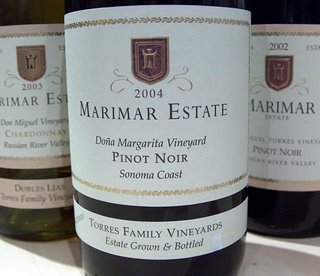
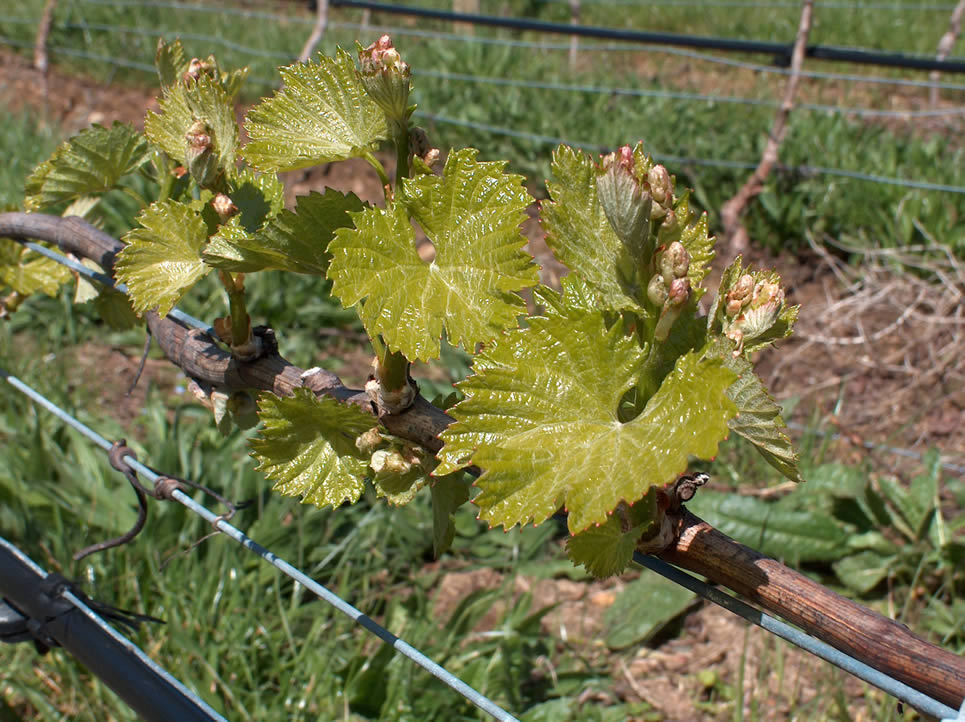
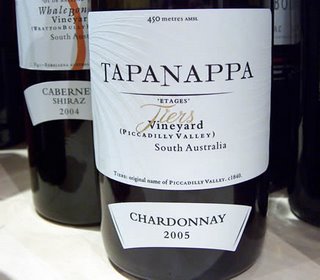
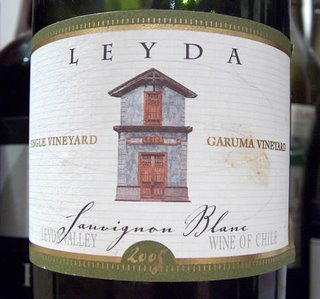
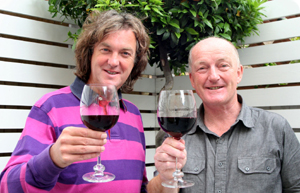
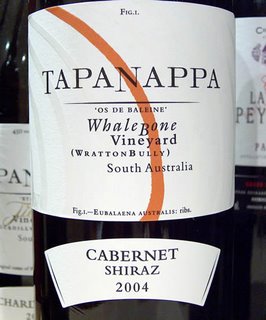
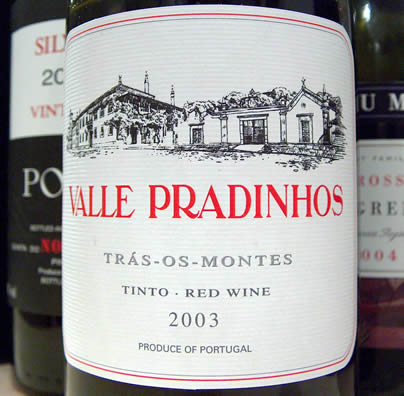
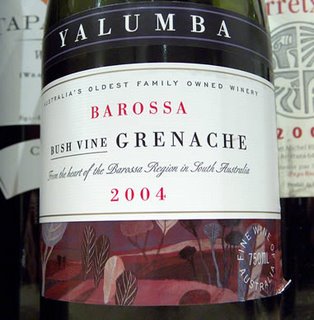
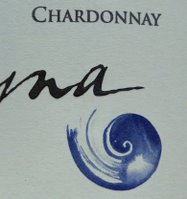
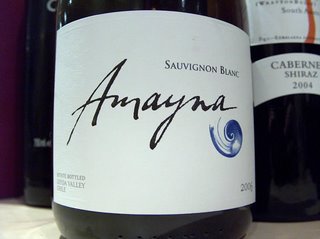
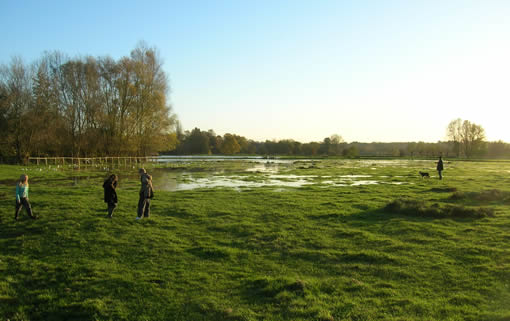
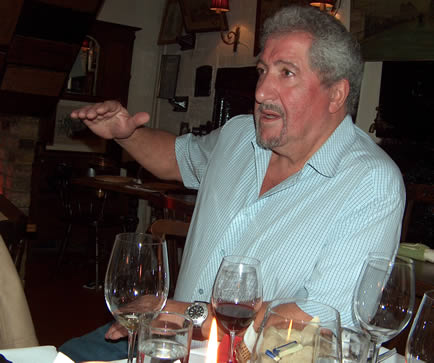
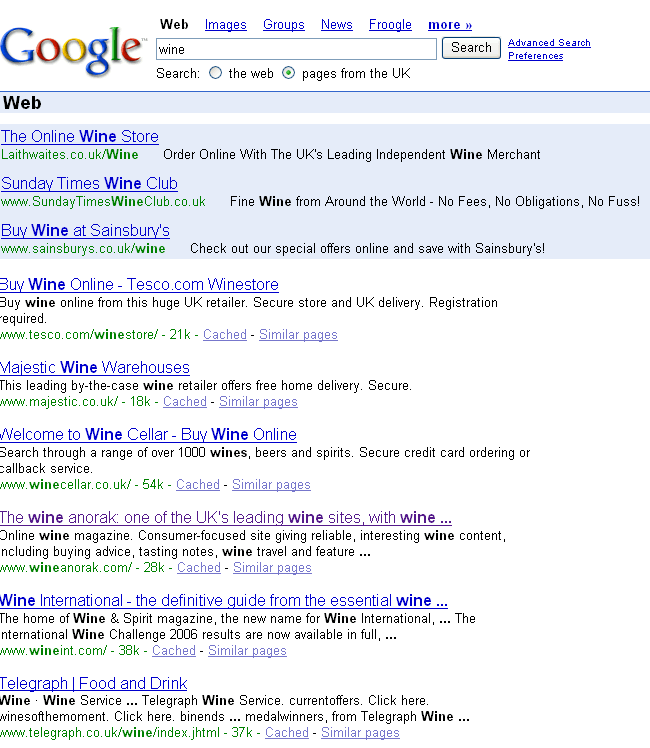
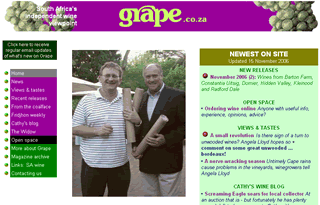
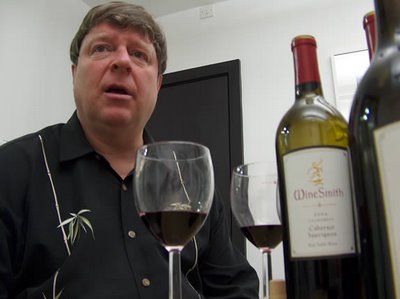
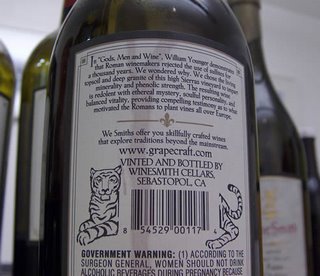

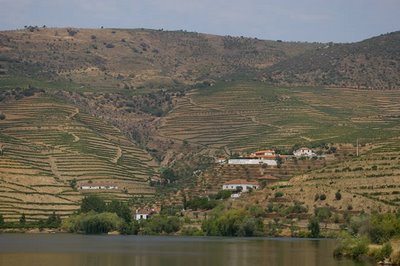
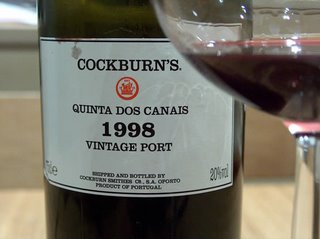
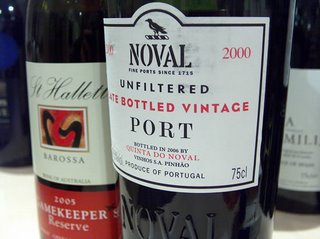
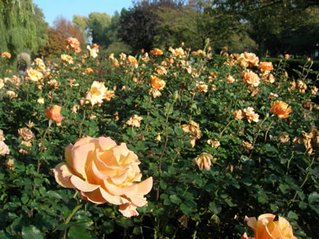
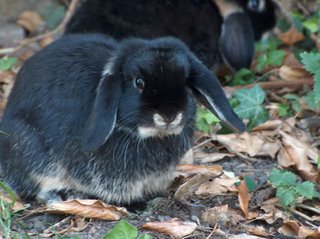
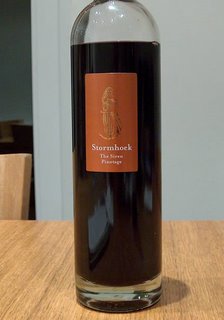

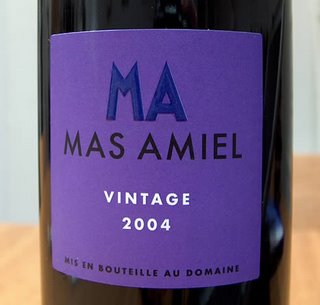
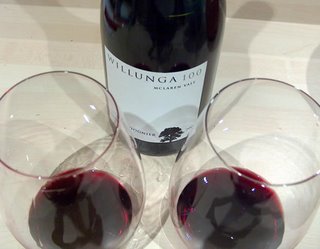
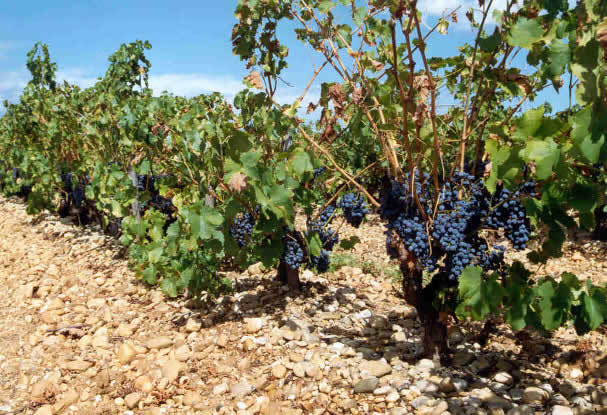
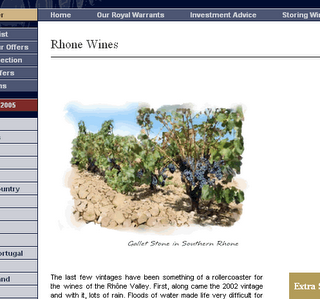
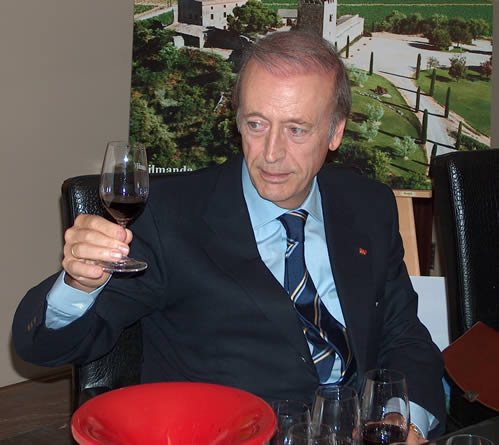
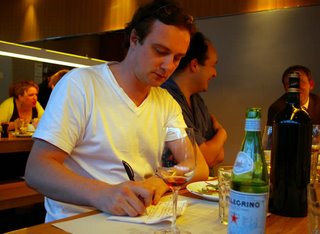
 The web log of wine journalist Jamie Goode. Feel free to nose around; your comments are welcome
The web log of wine journalist Jamie Goode. Feel free to nose around; your comments are welcome 
